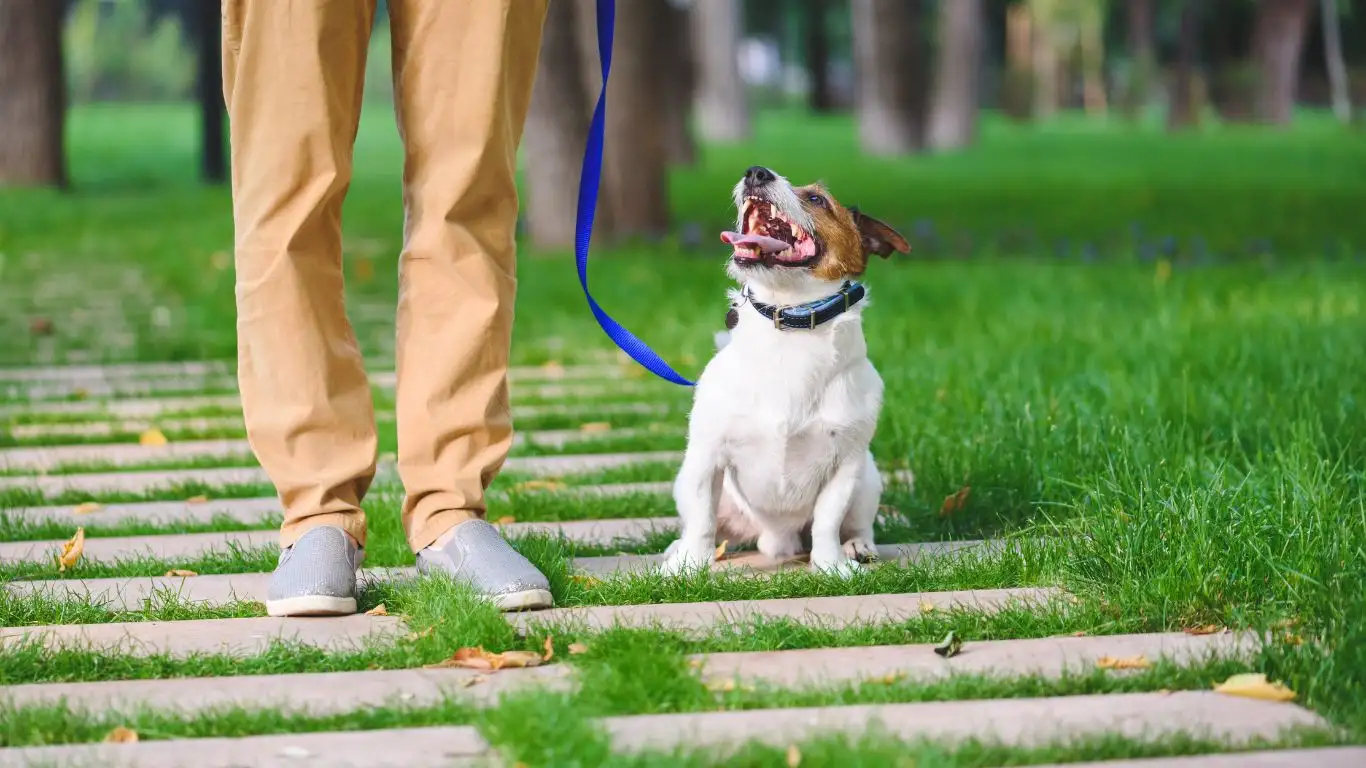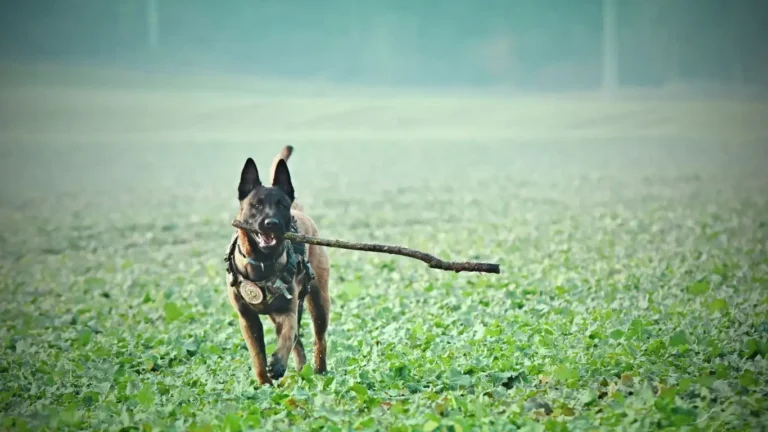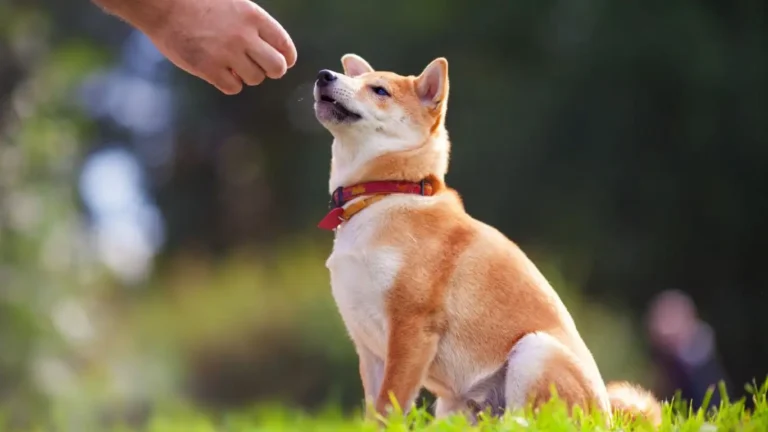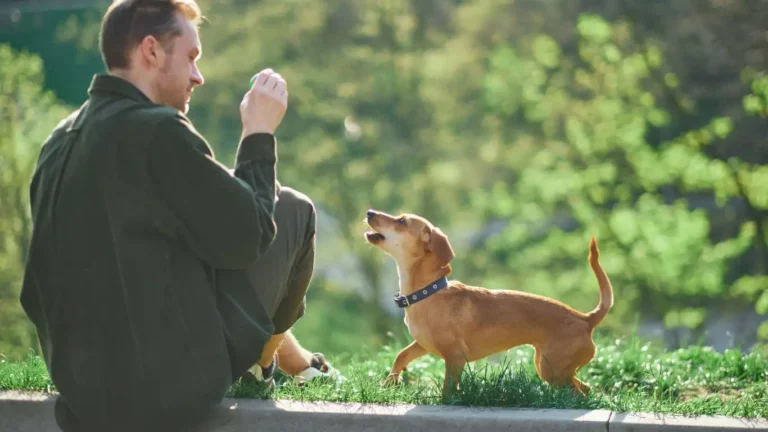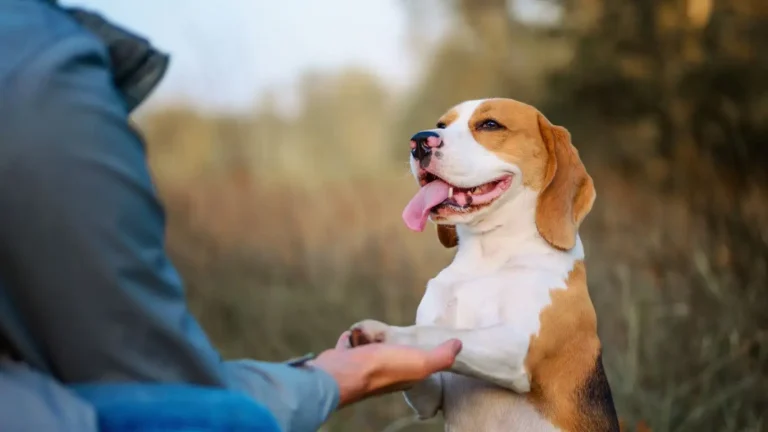How to Train a Dog to Be Comfortable with Strangers Petting Them
As a Certified Professional Dog Trainer (CPDT-KA), I’ve worked with countless dogs who are anxious or fearful when it comes to strangers trying to pet them. Whether it’s because of past trauma, lack of socialization, or simply a dog’s natural temperament, it can be a challenge for both the dog and the person trying to give them some love. But don’t worry—there’s good news! With patience, consistency, and the right training techniques, you can teach your dog how to be okay with strangers petting them. Trust me, it’s a process that will make a world of difference for your dog’s overall well-being and their interactions with others.
Understanding Why Dogs Are Afraid of Strangers
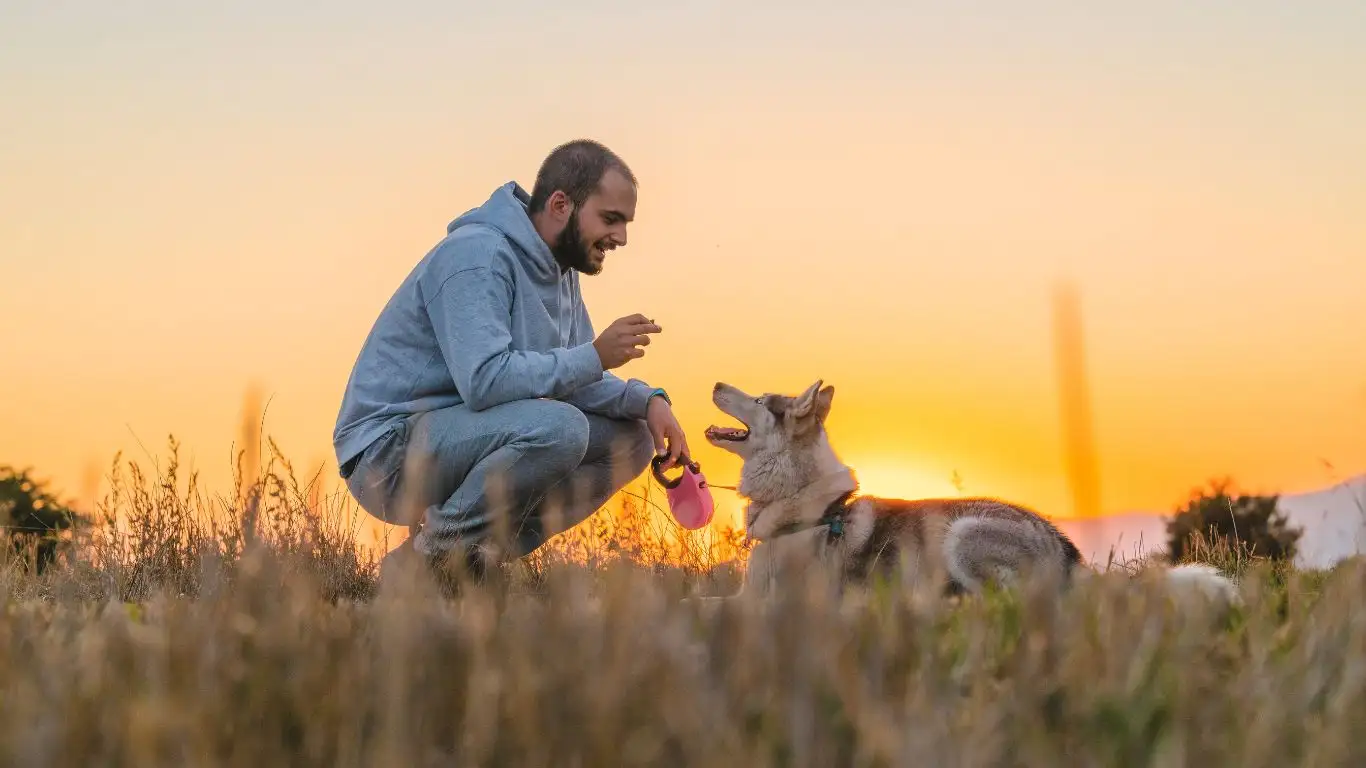
Before jumping into the training methods, it’s important to understand why your dog might feel scared or uncomfortable around strangers. Many factors can contribute to this behavior, and knowing what’s behind it is key to creating a more effective training plan. Some dogs are simply more naturally reserved or cautious by nature, especially certain breeds that are more protective or independent. However, other dogs may have had negative experiences with people in the past that make them wary of strangers. Early socialization also plays a huge role in how dogs react to new people.
For instance, if your dog wasn’t exposed to a variety of people and environments during their critical developmental period (between 3-14 weeks old), they may have a harder time warming up to strangers later on. Additionally, if a dog has had a traumatic experience with someone (e.g., being roughly handled or startled by loud or sudden movements), this can lead to long-lasting fear or anxiety towards strangers.
Is My Dog’s Fear of Strangers a Sign of Aggression?
A common misconception is that a dog who’s afraid of strangers is aggressive. While it’s true that some fearful dogs may display aggressive behaviors like growling, barking, or snapping, fear and aggression are not the same thing. Fearful dogs may be simply trying to protect themselves or create distance between themselves and the perceived threat. In these situations, the dog is likely feeling overwhelmed and scared, not necessarily aggressive.
Understanding this distinction is important because it can influence the way you approach training. If your dog is fearful, your goal will be to help them build confidence and feel safe around new people. Training will focus on positive reinforcement and gradual desensitization rather than forcing the dog to interact with strangers in a way that may increase their anxiety.
The Importance of Patience and Consistency

Training a dog to be okay with strangers petting them doesn’t happen overnight. It’s not about expecting immediate results or pressuring your dog to perform on cue. Instead, it’s about creating positive associations and allowing your dog to gradually become more comfortable with the presence of strangers. The key here is patience, and lots of it.
Consistency is another important factor. As with any form of dog training, the more consistent you are with your commands, rewards, and training schedule, the more successful the process will be. Dogs thrive on routine, so it’s crucial to practice the same techniques regularly, without skipping steps. Even if you don’t see immediate improvement, know that you’re building the foundation for a more comfortable and confident dog.
Positive Reinforcement: Rewarding Calm Behavior
One of the most effective training techniques I’ve used is positive reinforcement. Essentially, this means rewarding your dog for calm and relaxed behavior around strangers. The more you reward your dog for good behavior, the more likely they are to repeat that behavior. This is particularly important when it comes to training your dog to accept petting from strangers.
For example, when introducing your dog to a new person, you can use treats to reward them for staying calm and not reacting negatively to the stranger’s presence. Gradually, your dog will begin to associate the appearance of a stranger with something positive—like a tasty treat or a fun play session. Over time, this helps reduce the fear and anxiety that might have been linked with strangers before.
Gradual Exposure: Taking It Step-by-Step
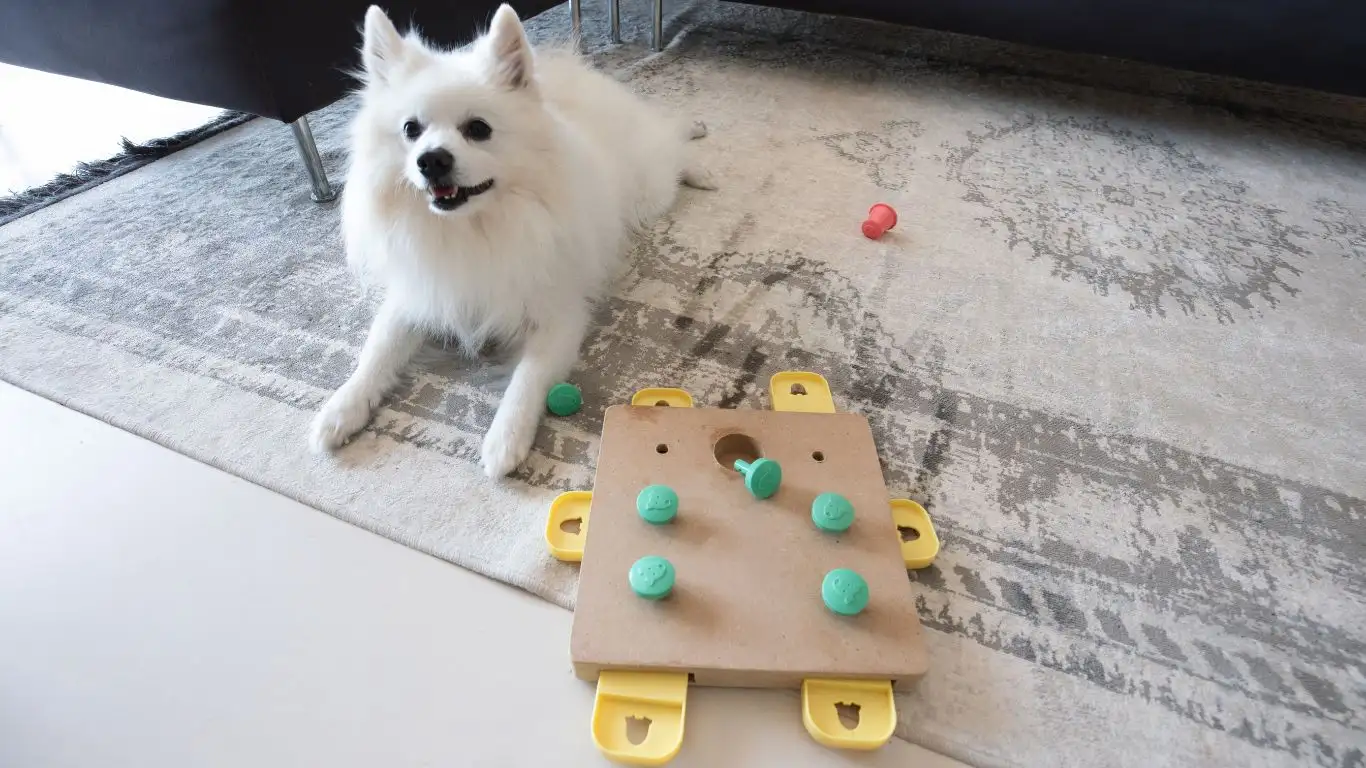
Another key element in training your dog to be comfortable with strangers petting them is gradual exposure. Jumping straight to the part where a stranger is allowed to pet your dog might be too overwhelming for them. Instead, take things one step at a time, allowing your dog to slowly get used to the presence of strangers at their own pace.
Start by having a stranger stand at a distance while your dog is calmly sitting or lying down. Reward your dog with treats or praise whenever they remain calm. Over time, you can slowly decrease the distance between your dog and the stranger, always making sure your dog is comfortable with each step. The goal is to help your dog build positive associations with the presence of new people while also reducing their anxiety.
Creating a Safe Space for Your Dog
When introducing your dog to strangers, it’s also essential to give them a sense of security. Some dogs may feel more comfortable if they have a designated “safe space” where they can retreat to if they start feeling overwhelmed. This could be a specific room, their crate, or a cozy corner of your home where they can relax away from the situation. Having a safe space can help your dog feel more in control, and it’s crucial not to force your dog into interactions if they’re not ready.
Remember, training is a process, and every dog progresses at their own pace. The most important thing is to remain patient, keep the experience positive, and celebrate small victories along the way.
Building Confidence Through Positive Interactions
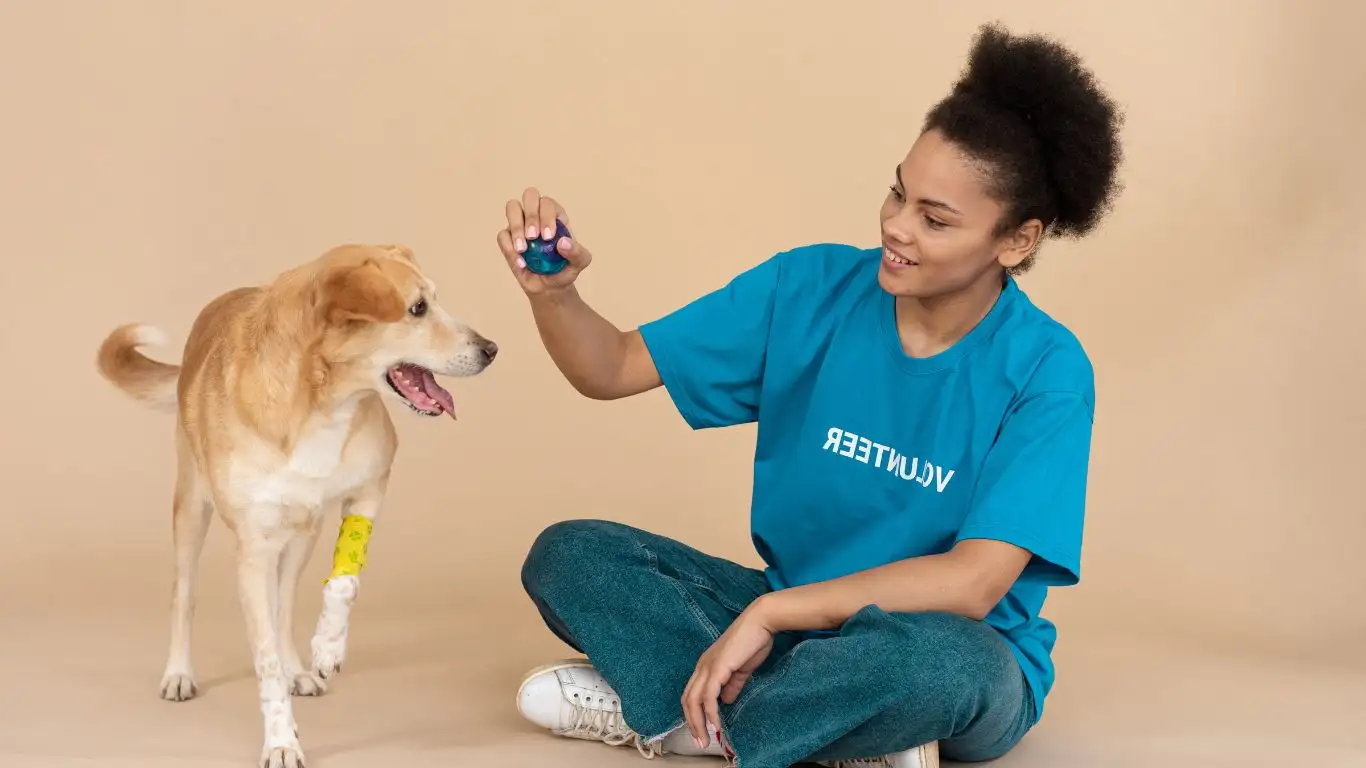
As you continue with your training, the key is to focus on building your dog’s confidence through positive interactions. The more positive experiences they have with strangers, the more likely they are to adjust their perceptions and feel less fearful in similar situations. This doesn’t mean you need to rush the process—taking your time and going at your dog’s pace is what will ultimately help them gain confidence.
One of the most effective ways to foster this confidence is through rewarding calm behavior. Whenever a stranger approaches your dog, instead of letting them pet immediately, encourage the person to offer treats or engage in a brief interaction without overwhelming your dog. This gives your dog a chance to associate a new person with something they enjoy—whether it’s treats, toys, or even a game of fetch. The goal here is to create positive associations that help your dog feel more relaxed, making petting a more manageable experience over time.
Incorporating Desensitization and Counter-Conditioning
Another valuable tool when working on socializing your dog with strangers is desensitization combined with counter-conditioning. Desensitization is essentially the process of gradually exposing your dog to a stimulus—in this case, strangers—at a level that doesn’t cause fear or stress. Over time, you’ll increase the intensity of the exposure, all the while ensuring that your dog stays calm and relaxed.
Let’s break that down a little further. If your dog reacts negatively when someone enters the room, start by allowing them to see the person from a distance where they feel safe. Keep the exposure brief and reward them for calm behavior. As your dog becomes accustomed to the presence of the stranger, you can begin to reduce the distance over several sessions. This slow exposure helps to desensitize your dog, meaning they’re not as startled or stressed by the appearance of a stranger.
Counter-conditioning works hand-in-hand with desensitization. In simple terms, it means changing your dog’s emotional response to the situation. If your dog is fearful of strangers, the idea is to replace their fear with a more positive emotional response. Each time the stranger appears, reward your dog for calm behavior. Over time, they’ll begin to associate strangers with good things, like tasty treats or their favorite toy, which can help reduce the anxiety they feel when meeting new people.
Proper Body Language for Both You and the Stranger
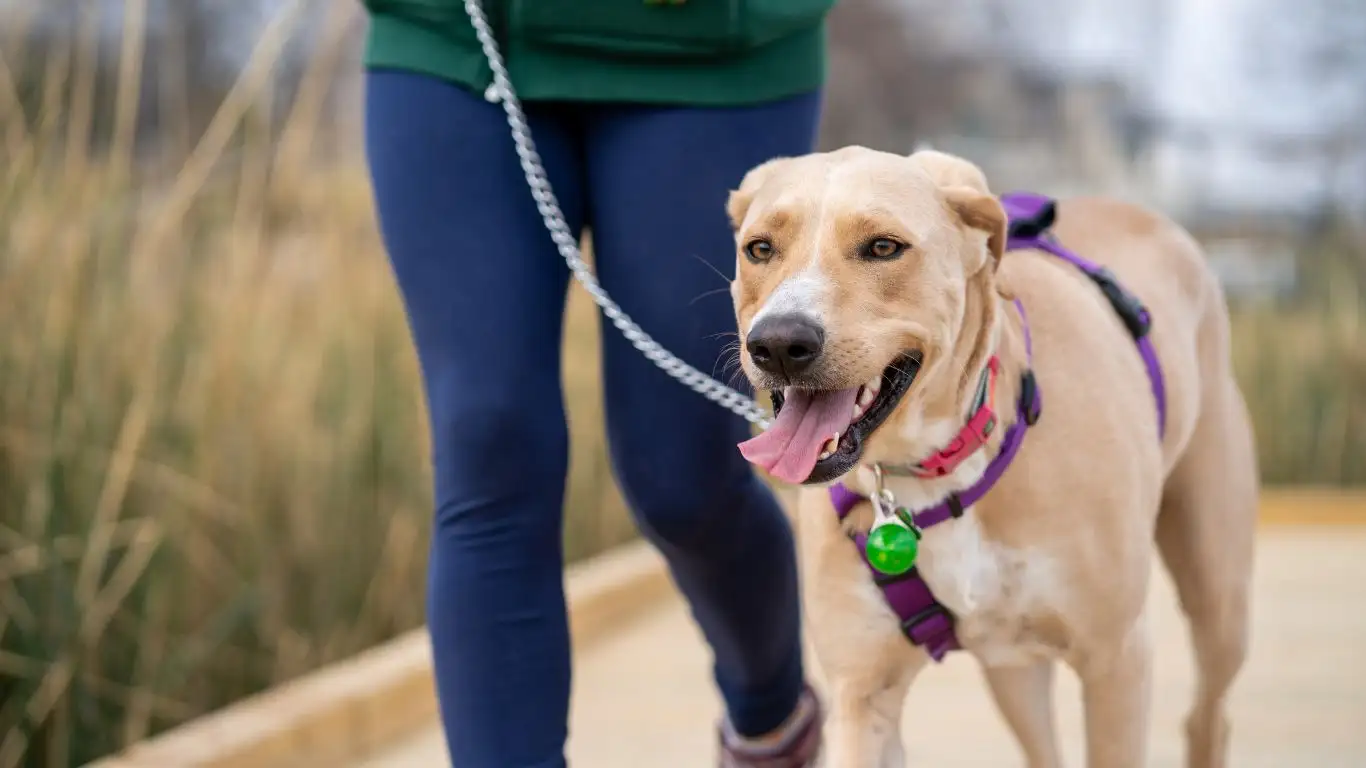
When it comes to dog training, body language is everything—both yours and the stranger’s. I can’t tell you how many times I’ve seen a dog react poorly to someone’s body language, even if that person’s intentions were good. Dogs are highly attuned to the subtle cues we give off, and if we appear tense, anxious, or overly eager, they’re going to pick up on that and mirror those emotions. That’s why it’s important to teach both yourself and the stranger how to approach your dog calmly and respectfully.
For example, when introducing your dog to a stranger, make sure the person doesn’t rush in or approach too quickly. The goal is for the stranger to appear non-threatening. A good rule of thumb is to have the stranger crouch down to the dog’s level, avoiding sudden movements or direct eye contact, as this can seem intimidating. Instead, they can offer a side profile and allow the dog to approach at their own pace. This way, your dog has more control over the situation, which can help them feel safer and less pressured.
As for your own body language, make sure you’re staying relaxed and calm throughout the process. If you’re anxious or tense, your dog will pick up on that, and it might make them more nervous too. Try to keep a confident but relaxed posture, and avoid hovering over your dog or grabbing their collar if they’re feeling unsure. Allow your dog space to make decisions about how they’d like to interact.
Teach Your Dog an “All Done” Command
Sometimes, despite all your efforts, your dog may still feel uncomfortable with a stranger petting them. And that’s okay! Not every dog is going to love being touched by everyone they meet, and that’s perfectly normal. What’s important is that you give your dog the tools to communicate when they’ve had enough. This is where a command like “All Done” comes in.
Training your dog to understand that “All Done” means it’s time to stop the interaction can be a lifesaver in these situations. For example, if a stranger is petting your dog and you notice they’re starting to get tense or uncomfortable, you can use the “All Done” command to signal to both your dog and the stranger that the interaction is over. By practicing this regularly and pairing the command with a reward when your dog responds, you’ll help them feel more in control of their environment and interactions.
Avoiding Overwhelming Your Dog with Too Many Visitors
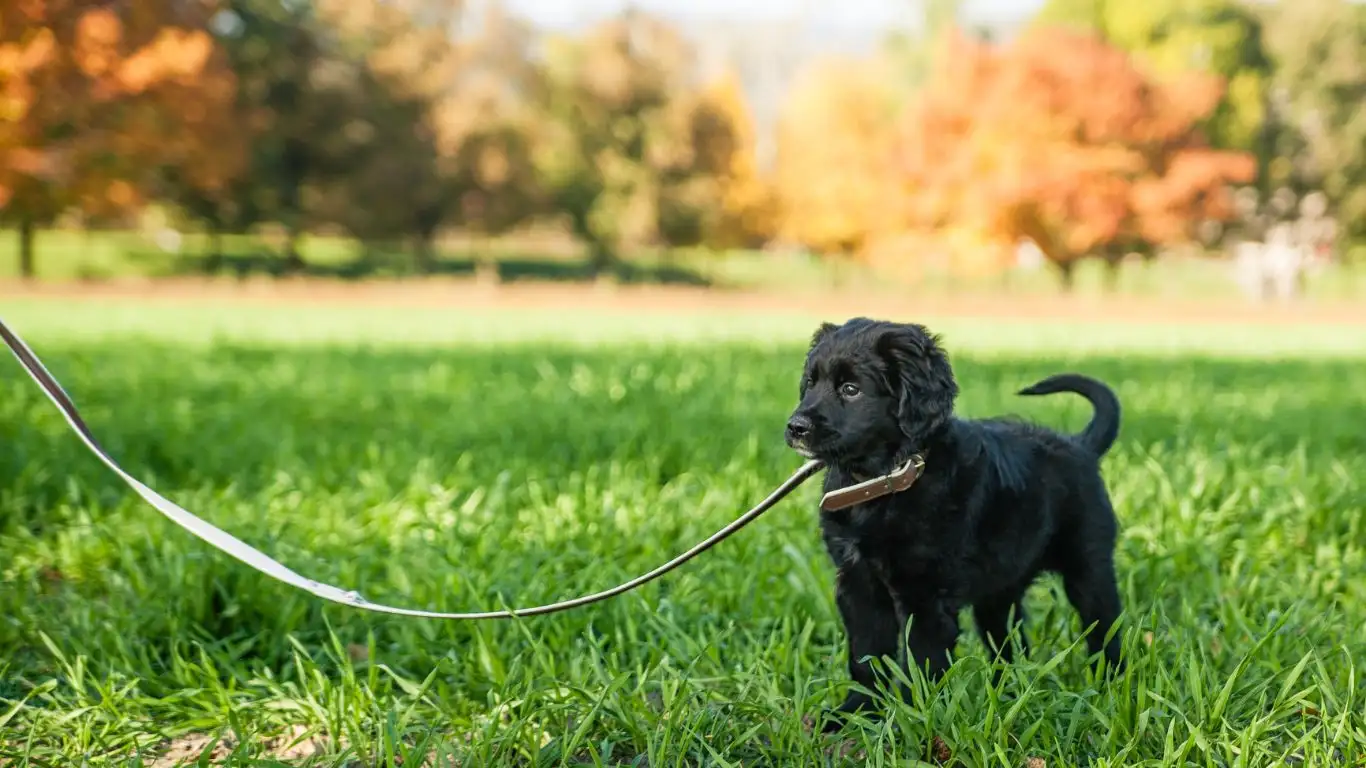
One thing I’ve learned from experience is that sometimes less is more, especially when it comes to introducing your dog to strangers. It’s easy to want to invite all your friends over to help socialize your dog, but this can actually backfire if your dog is overwhelmed by too many people at once. Just like humans, dogs need time to adjust, and bombarding them with too much too soon can result in setbacks in their training.
Instead of having a big group of people over all at once, try to space out the visits and limit the number of new people your dog is exposed to during each session. This gradual approach will give your dog the chance to form positive associations with each individual person, without feeling overstimulated or stressed. It’s all about giving them manageable doses of new experiences so they can succeed without being pushed too far outside their comfort zone.
In conclusion, training your dog to be okay with strangers petting them is a journey that requires patience, understanding, and consistency. It’s not about rushing the process, but rather about creating a safe and positive environment where your dog can gradually build trust with new people. Keep practicing, stay positive, and celebrate the small victories along the way—your dog will thank you for it!
Consistency in Training: Key to Long-Term Success

As we’ve covered earlier, training a dog to be comfortable with strangers petting them is a journey that requires patience and gradual steps. But one thing I want to emphasize in this final section is the importance of *consistency*. This is a principle that I can’t stress enough, because it truly is the backbone of any successful training process.
When you consistently expose your dog to new experiences, rewarding positive behaviors, and sticking to the same commands and routines, your dog starts to trust the process. They’ll begin to recognize that every time they calmly greet a new person or remain relaxed around strangers, there’s a reward in it for them. It’s like building a new habit: the more you repeat the actions, the more ingrained they become.
Think of it this way: if you practice your dog’s training exercises sporadically, it can confuse them. For example, one day they might get a treat for staying calm around a stranger, and the next day they don’t. This inconsistency can undermine your progress and leave your dog uncertain about what behaviors are expected. So make sure that every training session is predictable, and always reinforce the behaviors you want to see more of.
Dealing with Setbacks and Challenging Situations
Training isn’t always smooth sailing, and you might experience a setback or two along the way. I’ve had clients tell me that their dog seemed to do great for a few weeks, only to suddenly revert back to their old fearful behaviors. It’s completely normal for dogs to have good days and bad days, and what’s important is to not get discouraged during those tougher moments.
If you find that your dog is struggling more than usual with a specific situation—like an overly energetic stranger approaching too quickly—take a step back. Instead of pushing forward and hoping for progress, slow things down and reassess the approach. Sometimes, taking a break and going back to basics can make a huge difference. You may need to reintroduce the process of gradual exposure or even reward-based training with extra care, ensuring your dog is completely comfortable with each step.
Also, keep in mind that not all dogs are going to reach the same level of comfort around strangers. Some dogs might take longer to warm up, and others may always prefer to keep a little distance. That’s okay! It’s important to honor your dog’s individual needs and boundaries. Just because they don’t love being petted by every person they meet doesn’t mean your training hasn’t been a success. The goal is to get them to a place where they’re no longer fearful or anxious, and that’s something to celebrate!
When to Seek Professional Help
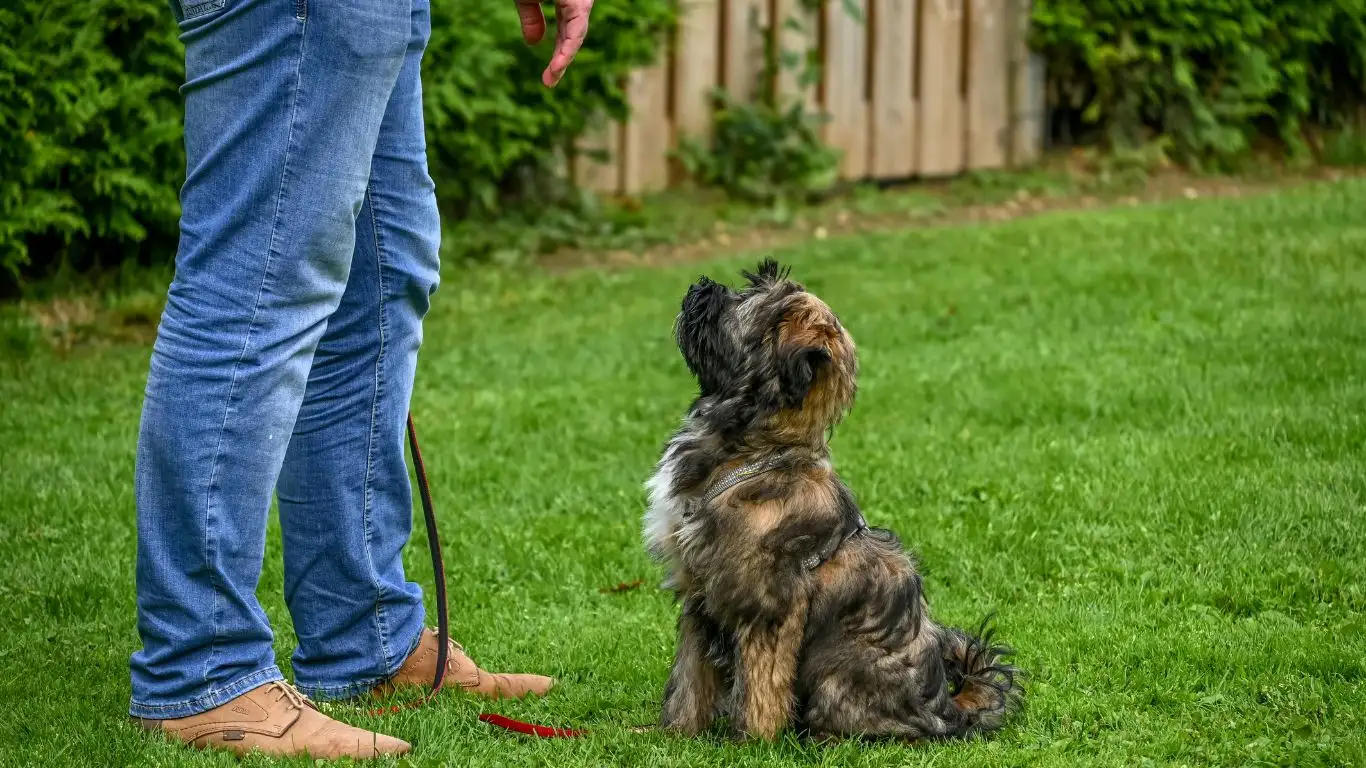
While many dog owners are able to successfully train their dogs on their own, there are situations where seeking the help of a professional dog trainer can make all the difference. If you’ve been working with your dog for a while and haven’t seen much progress, or if your dog’s fear seems to be worsening, it might be time to consult with a professional.
Trainers who specialize in behavioral issues like fear or aggression can offer personalized guidance and more targeted techniques for addressing your dog’s specific challenges. In some cases, they might suggest behavior modification programs or work with you on advanced desensitization techniques. It’s also important to keep in mind that some dogs may have deeper psychological issues or past trauma that require expert attention.
As a CPDT-KA (Certified Professional Dog Trainer – Knowledge Assessed), I’ve seen firsthand how a trained professional can make all the difference in a dog’s behavior. While you may be able to address basic issues on your own, there are times when an experienced trainer can bring new insights or tools that help get past tough training roadblocks. Just remember to always choose a trainer who uses positive reinforcement methods, and avoid trainers who resort to harsh techniques like punishment-based methods.
Creating a Lifetime of Positive Experiences
As your dog becomes more comfortable with strangers, it’s crucial to maintain those positive experiences over the long term. It’s not enough to just have a few good sessions and call it a day—socialization and training are ongoing processes. The more you continue to expose your dog to new people in calm, controlled environments, the more confident they’ll become.
One of the most rewarding aspects of dog training is seeing the growth in a dog’s confidence and comfort level. As I’ve mentioned earlier, it’s important to keep the training sessions short and positive, always celebrating your dog’s small victories. I’ve had clients who’ve been able to take their dogs to dog-friendly cafes or parks, and watch their pups slowly but surely approach strangers with less anxiety. It’s a beautiful thing to see, especially when you’ve put in the hard work and patience it takes to get there.
Remember to always be your dog’s advocate. If they’re feeling overwhelmed, it’s okay to take a break, redirect the situation, or give them a little space. This is their journey, and you’re simply there to guide them through it. With time, consistency, and plenty of positive reinforcement, your dog will learn to be comfortable with strangers, and those petting sessions will become much more enjoyable for both of you!
References
If you’re interested in learning more about dog behavior and training techniques, there are a number of excellent resources available. Here are a few that I recommend:
- American Kennel Club: Dog Training Resources
- Cesar Millan: The Dog Whisperer
- Dog Star Daily: Training and Behavior Tips
As always, make sure that the information you’re using aligns with positive reinforcement principles to ensure the best outcome for both you and your dog.
Disclaimer
The information provided in this article is for educational purposes only and should not replace professional veterinary or training advice. If your dog exhibits severe fear, anxiety, or aggressive behavior, please consult a certified professional dog trainer or veterinarian for tailored support. The training methods discussed here are based on positive reinforcement principles and should be adapted to fit the specific needs of your dog.
